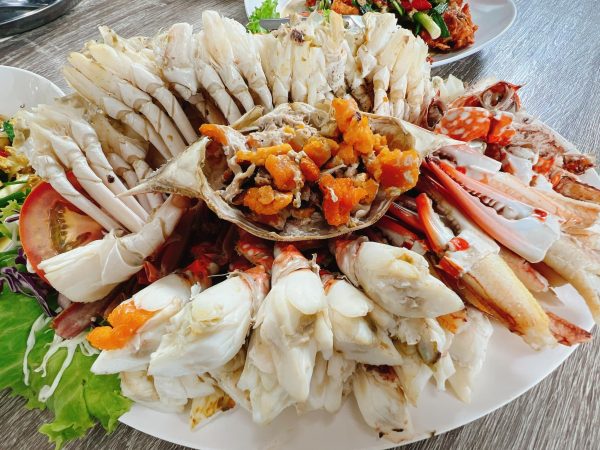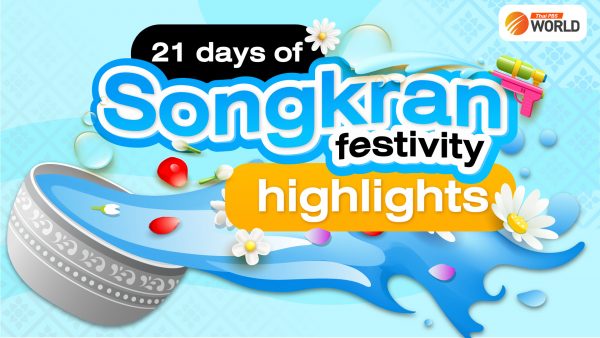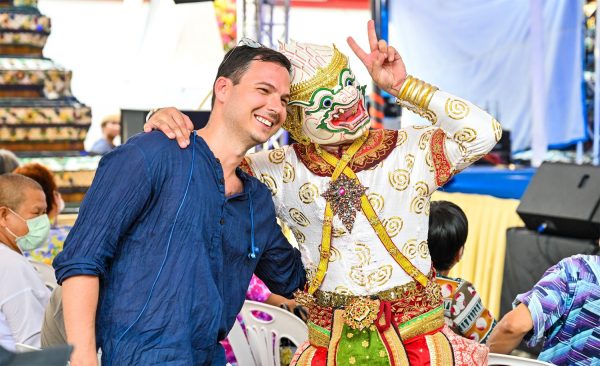High regard for the humble Phuang Malai
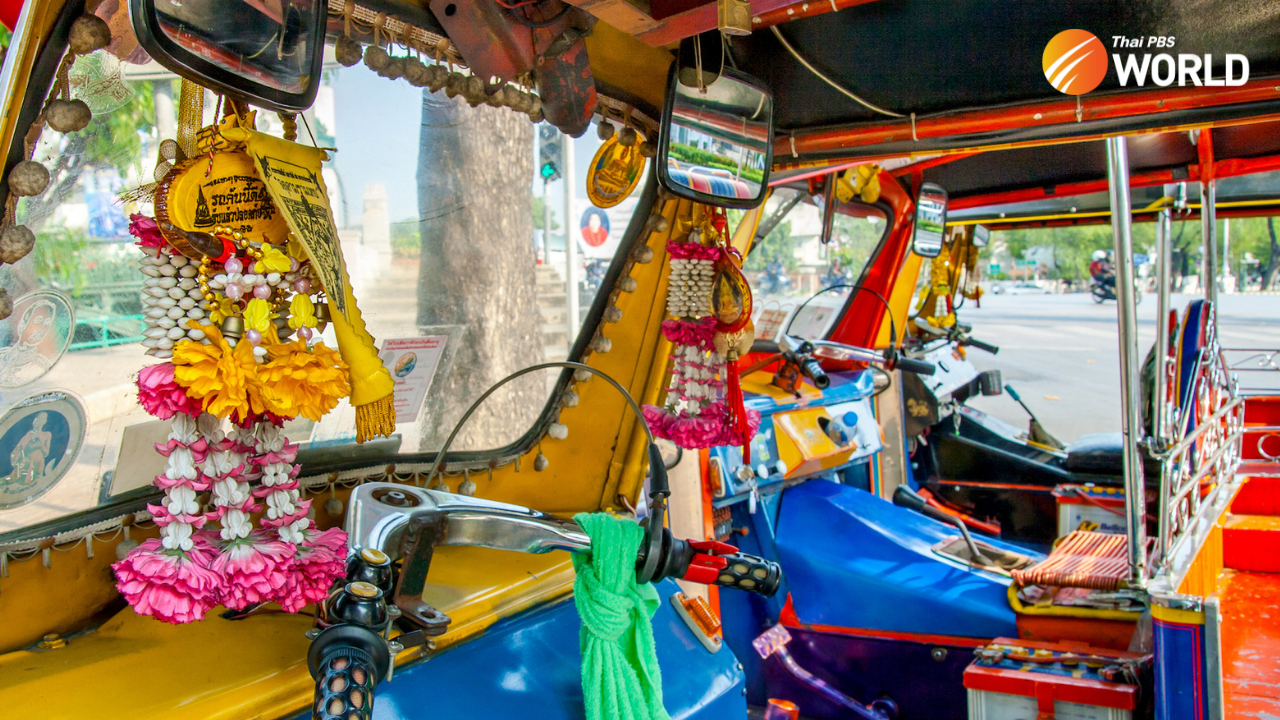
Hawaii and Polynesia have the lei, India the mala or haar, and the Philippines is known for its sampaguita, which adorn just about every religious icon. Thailand too has a fragrant flower garland, the phuang malai, and this is not just a symbol of Thai culture but also of Thai creativity and artistry.
Priced at 20 to 30 baht, the ubiquitous phuang malai can be found everywhere. Made from fresh flowers, they can be bought at markets, at makeshift stalls along the streets, and from itinerant vendors at almost any traffic lights across town.
A symbol of luck and respect, they hang from the mirrors of trucks, buses, cars, and even local tuk-tuks. Visitors to Thailand will also notice that most government premises and private business establishments have phuang malai hanging somewhere and almost every Thai household has a garland in pride of place.
Work of art
One phuang malai vendor in Bangkok offers this description of the Thai traditional art of garland making.
“The process of making a phuang malai requires a lot of patience and intense focus. Hundreds of flowers are strung together using a soft cotton thread. The size of the flowers used is very important. Using flowers of similar sizes contributes to making a more beautiful garland.”
A phuang malai maker should also have an eye for detail and needs to pay close attention to the patterns and consistency of each flower. Gaps between the materials need to be the same. A gentle hand is needed to avoid bruising the petals.
Across cultures and times
Garlands are used in many cultures across the world as symbols of purity, beauty, peace, love and passion. The ancient Greeks and Romans used flowers and herbs as adornments to be worn and to decorate their homes, buildings, and temples.
The Thai phuang malai dates back more than 200 years ago to the reign of King Rama V when flower arranging was a skill practiced by ladies of the royal court.
Today, aside from being hung in vehicles for luck and safety, the phuang malai is more significantly used to pay respect to holy Buddhist statues, worn by the bride and the groom at wedding ceremonies, offered to state visitors and dignitaries, placed at shrines and spirit houses, and offered to monks to show respect and reverence.
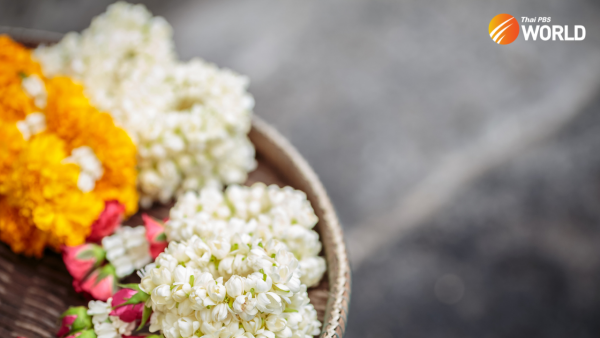
Similar but distinct
Similar to phuang malai is the lei, a garland or wreath common in Hawaii and across Polynesia. The custom of wearing leis originated with the native Hawaiians, who wove necklaces of leaves or ferns, sometimes strung dried shells, fruits, beads, or bright feathers for personal adornment.
Like the phuang malai of Thailand and the lei of Hawaii, India has the mala or haar while in the Philippines, people string sampaguita, their national flower, into leis, corsages and crowns and sell them in stores, streets and outside Catholic churches. These garlands may be used to welcome guests, or as an offering or adornment on the altar.
“In Thai, malai means flower and phuang means garland. Phuang malai, therefore, means a bunch of flowers arranged in a special way. While other countries and places, such as Hawaii, Polynesia, India, and the Philippines, take pride in their own flower garlands, what probably makes the Thai phuang malai distinctly different is how each material is used to recreate a new specific form,” says Khun Pum, a Thai florist and international artist.
He specifically mentioned the global recognition earned by a Thai flower designer who used the crown flower garland instead of a ribbon to decorate a bouquet for Miss Universe 2018 winner Catriona Gray from the Philippines when the pageant was held in Bangkok.
Some artists call the technique used in the creation of a phuang malai “deconstruction”, as the maker uses each individual bud, petal, sepal, stem or leaf to recreate something new and even better looking than the original. This particular process was brought to the fore when an image of a finished phuang malai was used several years ago in an advertisement promoting value-creation in Thai industries, to encourage businesses and industries to add more value to their existing products and services.



